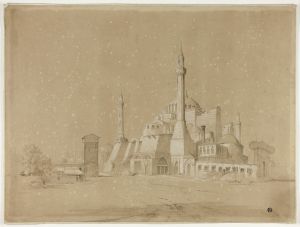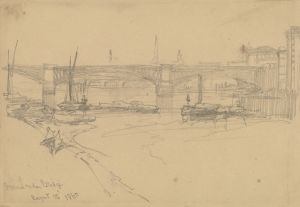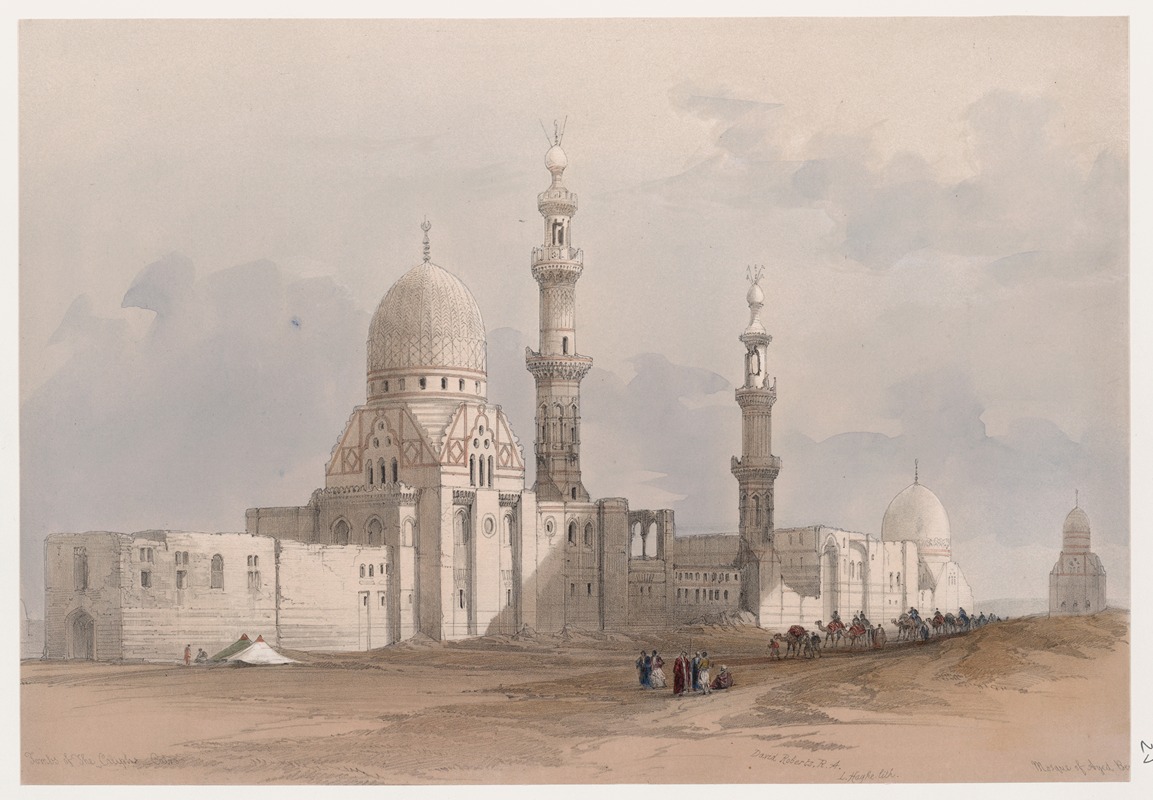
Tombs of the Caliphs, Cairo. Mosque of Ayed Bey.
A hand-painted replica of David Roberts’s masterpiece Tombs of the Caliphs, Cairo. Mosque of Ayed Bey., meticulously crafted by professional artists to capture the true essence of the original. Each piece is created with museum-quality canvas and rare mineral pigments, carefully painted by experienced artists with delicate brushstrokes and rich, layered colors to perfectly recreate the texture of the original artwork. Unlike machine-printed reproductions, this hand-painted version brings the painting to life, infused with the artist’s emotions and skill in every stroke. Whether for personal collection or home decoration, it instantly elevates the artistic atmosphere of any space.
"Tombs of the Caliphs, Cairo. Mosque of Ayed Bey" is a lithograph by the renowned Scottish artist David Roberts, created in the mid-19th century. David Roberts is celebrated for his detailed and picturesque depictions of the Middle East and North Africa, which he visited during his extensive travels from 1838 to 1839. His works are significant for their historical and cultural insights into the regions he explored.
The lithograph "Tombs of the Caliphs, Cairo. Mosque of Ayed Bey" is part of Roberts' larger collection titled "The Holy Land, Syria, Idumea, Arabia, Egypt, and Nubia," which was published between 1842 and 1849. This collection comprises a series of lithographs based on Roberts' sketches and paintings, which were later lithographed by Louis Haghe, a prominent lithographer of the time. The collection is noted for its artistic quality and historical value, providing a visual record of the architecture and landscapes of the 19th-century Middle East.
The artwork depicts the Tombs of the Caliphs, a historic necropolis located in Cairo, Egypt. This site, also known as the City of the Dead, is a vast Islamic cemetery that has been in use since the Muslim conquest of Egypt. It is renowned for its monumental tombs and mausoleums, which house the remains of various Islamic rulers, scholars, and notable figures. The necropolis is an important cultural and historical site, reflecting the architectural styles and funerary practices of different Islamic periods.
In the lithograph, Roberts captures the architectural grandeur and the serene atmosphere of the necropolis. The Mosque of Ayed Bey, featured prominently in the artwork, is one of the many significant structures within the Tombs of the Caliphs. The mosque is noted for its distinctive Islamic architectural elements, including domes, minarets, and intricate decorative patterns. Roberts' depiction emphasizes the mosque's elegance and its harmonious integration into the surrounding landscape.
Roberts' work is characterized by meticulous attention to detail and a keen interest in the interplay of light and shadow, which is evident in this lithograph. His ability to convey the scale and majesty of the architectural forms, along with the subtle nuances of the environment, contributes to the lithograph's enduring appeal. The artwork not only serves as a visual document of a specific location but also reflects the broader 19th-century European fascination with the Orient, a term used to describe the cultures and lands of the Middle East and Asia.
David Roberts' lithographs, including "Tombs of the Caliphs, Cairo. Mosque of Ayed Bey," played a significant role in shaping Western perceptions of the Middle East during the 19th century. They provided audiences with a glimpse into distant lands and cultures, often characterized by a romanticized and exotic portrayal. Today, Roberts' works are appreciated both for their artistic merit and their contribution to the historical record, offering insights into the architectural heritage and cultural landscapes of the regions he visited.





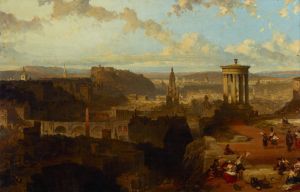
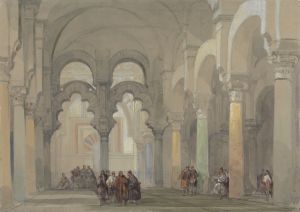
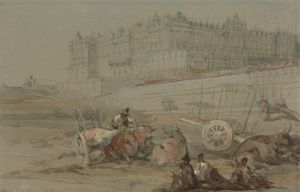
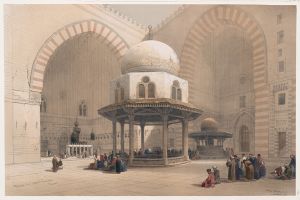
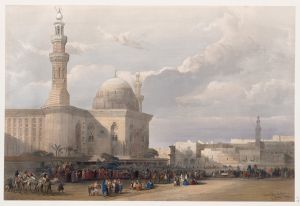
![Temple of Wady Kardassy [Qirtâsî] in Nubia.](/imgs/217550/s/david-roberts-temple-of-wady-kardassy-qirtasi-in-nubia-d2cce283.jpg)
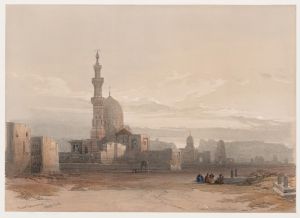
![Tombs of the Memlooks [Mamelukes], Cairo.](/imgs/217568/s/david-roberts-tombs-of-the-memlooks-mamelukes-cairo-74c4b2cc.jpg)

